The way this newsletter normally works is that I, the sage author, offer answers to political questions of the moment. Or theories.
Or a hot take or two, as is most often the case.
But I have no solutions to today’s mystery. In fact, I’m hoping readers more knowledgeable about China than I am might use some of their extra downtime this holiday weekend to enlighten me in the comments.
Here’s the mystery: The Chinese Communist Party’s COVID policy makes no sense. It hasn’t made sense in awhile but it makes less sense now that they’ve completely reversed themselves without warning or, seemingly, preparation. They’ve replaced an insanely draconian restrictions regime with an insanely dangerous laissez-faire approach to the virus.
What are they thinking?
To review, China spent the first three years of the pandemic following a strategy known as “Zero COVID.” That meant frequent mass testing, centralized quarantine in miserable government facilities for those unfortunate enough to test positive, and strict lockdowns of enormous population centers if the smallest local outbreak was detected. The goal of “Zero COVID” is what the name suggests. By forcing tens of millions of people to isolate at a moment’s notice, the Chinese government aimed for nothing less ambitious than preventing transmission of a freakishly contagious virus in the most populous nation on Earth.
“Zero COVID” began as an emergency response in Wuhan to an unknown fast-spreading pathogen but soon became a matter of institutional pride for Xi Jinping and the CCP. China’s success at suppressing infection while the virus rampaged through the decadent West, killing millions, slid easily into Beijing’s nationalist narrative about the superiority of the “Chinese model” of government. The regime might throw you into a gulag or sterilize you, sure—but unlike in America, at least you could walk around without worrying about catching a killer cold. “Zero COVID” was China’s proof that, whatever its flaws, totalitarianism has big successes too.
As a short-term strategy designed to buy time until vaccines are available, the policy makes some sense. It comes at an enormous price, economically and psychologically, but it does manage to do what it’s designed to do, particularly when enforced by a surveillance state that functions like a giant panopticon. Australia implemented its own somewhat less draconian version of “Zero COVID” during the first half of the pandemic and got results. It has had roughly one-fifth the number of deaths per capita from COVID that the United States has had, placing Australia below the global average.
But Australia also had an “Zero COVID” exit strategy: mass vaccination. Once the government managed to procure a large enough supply of mRNA shots, it promised to relax restrictions once a certain target percentage of Australians were immunized. It hit the target and eased restrictions.
Which brings us to the first mystery about China. Why didn’t Beijing follow the same strategy as Australia?
That’s a half-mystery, actually. China’s homegrown vaccines aren’t as effective as the mRNA variety, but nationalist pride prevents the CCP from conceding that its pharmaceutical industry is inferior to the West’s. It refuses to do what Australia did by importing Pfizer and Moderna, even if it means more elderly Chinese dying after infection because they were denied access to a superior inoculation. Protecting China from Western cooties is more important.
No mystery there. The mysterious part is why Beijing hasn’t at least required the most at-risk segments of the population to be up to date on their shots of China’s homegrown vaccine. As of last month, just 56 percent of the Chinese population and a mere two-thirds of those over 80 had received three doses. If there’s one thing a ruthless autocracy that keeps scrupulous tabs on its citizens seems capable of doing, it’s enforcing a strict vaccine mandate designed to prevent a mass die-off and the collapse of the national health care system.
But the CCP hasn’t bothered. I haven’t the faintest idea why not.
The best I can do is speculate that they’ve been naive, believing that “Zero COVID” would last forever and successfully subdue the virus. It’s preposterous to think a nation could endure that amount of disruption unto eternity but evidently some higher-ups did believe it, which meant immunity didn’t much matter. So long as Xi was committed to mass testing, forced quarantine, and spur-of-the-moment lockdows to prevent major outbreaks for the duration of his reign, mass vaccination wasn’t an urgent priority.
The deep, deep mystery is why he didn’t consider it an urgent priority once he suddenly decided that he wasn’t committed to “Zero COVID” after all.
If Australia’s exit from “Zero COVID” was tantamount to taking an off-ramp, China’s exit is tantamount to steering into oncoming traffic.
Demonstrations against national policy in China are rare, but last month small protests against lockdowns broke out in several Chinese cities. The possibility that they might be a prelude to a national uprising appears to have spooked the CCP. A few weeks after the protests subsided came a shocking announcement from Beijing: Just like that, China was done with “Zero COVID.” Infected people would quarantine at home instead of at government-run centers. Testing as a prerequisite to accessing venues would no longer be required and close contacts would no longer be tracked. Only small, targeted lockdowns would be enforced to try to contain an outbreak.
In a flash, a Communist regime that spent three years encouraging its subjects to fear the virus above all things switched to something closer to libertarianism. A government that had welded doors shut in Wuhan early in the pandemic to prevent residents from spreading COVID would now take an approach more akin to the Great Barrington Declaration. The shift was so abrupt and disorienting that even Chinese censors seemed unsure of what they were supposed to say about COVID. Is it patriotic to contain the virus or to not contain the virus?
All hell broke loose afterward.
To all appearances, the Chinese health care system was given little or no notice that a policy change of this magnitude was coming despite what it would mean for hospitals. We spent many months here in the United States in 2020 practicing social distancing to “flatten the curve,” limiting viral transmission so that emergency rooms wouldn’t be overwhelmed by an unmanageable influx of infected patients. One would think flattening the curve after lifting restrictions would be important to Beijing for the same reason. “Zero COVID” has left China much further away from herd immunity, and therefore more vulnerable, than nations where the virus has circulated widely for years. The “curve” from an outbreak there might be frighteningly steep.
But there’s been no meaningful attempt to flatten it as far as I’m aware. If there has, it’s failing catastrophically.
Hospitals in Beijing are being overwhelmed by sick elderly Covid-19 patients just weeks after China abandoned its tough coronavirus containment measures with little preparation for the exit wave now ripping through the country.
Emergency rooms have run out of portable beds for patients, the infirm are waiting hours for ambulances and many doctors are too sick with Covid to work. Some facilities are so overloaded they are running out of oxygen hookups for those with respiratory problems.
“We have no beds, we have no oxygen and we have a room full of sick people waiting,” said a healthcare worker in Beijing Chaoyang Hospital’s emergency room, which has already filled up extra beds that it placed in a hallway and waiting room.
That’s the scene in Beijing, the seat of government, which enjoys better health care than most of the rest of the country. Less than a month after the end of “Zero COVID,” beds are already scarce and patients are having to wait hours for ambulances. Doctors are also scarce, with physicians now being told to come into work to help care for the sick even if they’re infected.
Imagine how the less affluent parts of China will cope.
It’s not just hospitals. Flu and cold medicine is reportedly hard to find in Beijing as panicky consumers buy up the available stock at pharmacies. Labs have been crushed by the demand for testing among sick patients, leading to huge backlogs; one Western reporter based in China said recently that she’d been tested six times in seven days but had received only one result. And because Chinese culture encourages people to seek treatment at hospitals when they’re sick with minor symptoms, many infected people aren’t staying home to recover. That means even more of a burden on ERs, and a greater risk of a health care crash.
One British firm estimates that China may soon see a million infections and 5,000 deaths per day. Another estimate from China itself foresees 60 percent of the population, or 800 million people, getting infected before the current wave is done. An epidemiologist who spoke recently to NPR guessed that the population of infected Chinese is doubling not every few days but every few hours.
Mass death has already begun.
The Chinese government, being the Chinese government, won’t tell you that. To minimize their death toll, they’ve resorted to the sort of causative hair-splitting favored by COVID skeptics in the U.S. If you’re infected and succumb to an underlying condition which the virus left your body unable to cope with, you didn’t die of COVID as far as Chinese officials are concerned. You died with COVID. But whether of COVID or with COVID, a lot more elderly Chinese than usual have died lately.
Western news outlets are teeming with reports of Chinese crematoria straining to cope with the sudden spike in demand. Radio Free Asia estimated that Beijing’s funeral parlors are capable of performing more than 3,000 cremations each day if all 90 furnaces in the city were to run nonstop for 24 hours—and even so, there’s a wait of several days before a newly arrived body can be incinerated. “We’re burning from morning until 10 p.m. The furnaces can’t take it,” one Beijing funeral home worker told the Financial Times. Earlier this week, Reuters reported a line of 40 or so hearses backed up outside one Beijing funeral home.
Beijing isn’t unique either. A worker in Chongqing told the Agence France-Presse that his funeral home has also run out of space to store bodies. In Guangzhou, another worker said that bodies from outside districts were being shipped in because local crematoria didn’t have capacity to process them. And in Shenyang, bodies are left unburied for as many as five days because there’s no room for them in the furnaces when they’re brought in. When AFP asked a funeral home employee there why so many have died suddenly, he replied, “What do you think? I’ve never known a year like this one.”
And so we return to our mystery. It was foreseeable that an immunologically naive population would be dry tinder for an ultra-infectious virus like the latest Omicron variants if the virus were allowed to spread. It was also foreseeable that shifting from “Zero COVID” to “let ‘er rip” on a dime, without planning, would be tantamount to letting China’s health care system get hit by a train. Xi did it anyway, without explanation, a capricious reversal even by the capriciously sinister standards of dictatorial rule.
Why? Why did he do it?
I meant it when I said that I have no answers and am hoping that you might have some for me. But I’ll offer you two theories, neither of which is very satisfactory.
One theory is that he did it to teach the critics of “Zero COVID” a lesson.
Normally I’d dismiss any suggestion that a leader might be willing to see millions of his own citizens die just to prove a point, but we’re talking about the Chinese Communist Party. An outfit ruthless enough to commit genocide against the Uyghurs is ruthless enough to kill off a few million Chinese grandmas and grandpas to settle a debate over whose pandemic strategy was right and whose wasn’t. Killing Chinese citizens en masse is a communist specialty, after all.
Maybe the new policy is Xi’s way of saying to the protesters, “You hate my lockdowns so much? Fine. Let’s see how you like it when we do what the people, not the Communist Party, want.” The abruptness of the policy shift and its inevitable consequences smack of deliberate punishment.
But that theory is iffy. Xi is malicious enough to do it, but by doing it he’s also undermining the logic of three years of “Zero COVID.” The point of the policy was to show his constituents that the CCP could and would keep them safe while Western slobs went around recklessly infecting each other. That boast is now up in smoke, as ashy as the furnace in a Beijing crematorium. There’s no way for Xi to escape blame for what’s coming, Michael Schuman recently argued at The Atlantic.
The other [message], the one Xi himself is sending, is: The party won’t take care of you. This represents a serious breach of the implicit contract the party has had with the public: Cede us political dominance, and we’ll ensure your well-being. In that context, the COVID reversal leaves the masses to fend for themselves. Why, then, the public could ask, do we put up with the regime’s repressive monopoly on power?
Internationally, too, Xi faces political fallout. Zero COVID was a pillar of his administration’s attempts to promote China’s authoritarian model as a superior form of governance, especially when compared with liberal democracy. Perhaps Xi and his team can devise a new method of managing the pandemic, one that strikes a better balance between control and normalcy and can truly be a model for the world. More likely, China is about to experience the sort of explosive COVID outbreak that the rest of the globe endured in 2020, and Xi will become just another national leader steamrolled by a disastrously unchecked pathogen. In that event, the conclusion people may draw is that China’s autocracy simply wasted three years’ worth of national resources to end up in the same place as the rest of the world.
Some Chinese citizens are in fact drawing those conclusions, with a few wondering if their exalted government might consider apologizing to them for once. “Thinking about all this, I’m so mad that our time during the lockdown has been totally wasted,” said one Shanghai resident to Bloomberg. That city spent months in a grinding lockdown earlier this year to contain an outbreak, with some citizens unable to find food at times, only to have Xi turn around now and plunge Shanghai into a ferocious outbreak anyway. What was the point? Why did he force the country to needlessly bear the economic burden of an extra year under “Zero COVID” only to recant?
“The previous propaganda is completely opposite to the current one. I think, however stupid some people might be, they will have to wake up,” one Chinese citizen told the New York Times. Xi’s sudden COVID reversal has exposed like few other policies could the sheer arbitrariness of rule-by-whim authoritarianism. Some are destined to notice.
The second theory is that Xi’s new policy isn’t about teaching anyone a lesson. It’s about hard economic reality. Perhaps he looked at the latest numbers and calculated that a protracted economic slowdown under years of “Zero COVID” will produce a greater threat to his rule than letting the virus rip would. There are two paths to herd immunity, one of which is through mass vaccination. But mass vaccination takes time, and Xi might believe that China is out of time in starting its economic recovery.
So he’s taking the second path. The fast one.
But that theory has problems too. A massive wave, or several massive waves, of COVID will also disrupt China’s economy tremendously. Already there are reports of uninfected Chinese citizens refusing to leave their homes for fear of catching the virus, relegating themselves to a sort of voluntary lockdown. Many more have gotten infected and are out of work for the moment; the unlucky ones will never return. Some with ailments other than COVID will die despite their illnesses being treatable because there aren’t enough available doctors to treat them amid the outbreak.
As the crisis deepens and bodies pile up, it’s anyone’s guess how Chinese civil society might be affected. Schuman notes that Xi abandoning “Zero COVID” so soon after protests sprang up inadvertently sends the message that “Resistance works,” incentivizing Chinese citizens to demonstrate in support of other political and cultural grievances they might have. How does the country’s economic recovery look if China is hit with widespread unrest? Will Xi even care about the economy if the CCP’s hold on power is threatened?
There are no answers here, only mysteries. The CCP could have ditched lockdowns years ago, like most of the West did, and begun its economic recovery early; or it could have mimicked Australia’s careful pivot from harsh restrictions to post-vaccination freedom; or it could have stuck with “Zero COVID” indefinitely and hoped for the best. Instead, by blindsiding the country with an inexplicably radical reversal, Xi struck a match and flicked it at a powder keg. And now it’s exploded.
Why?
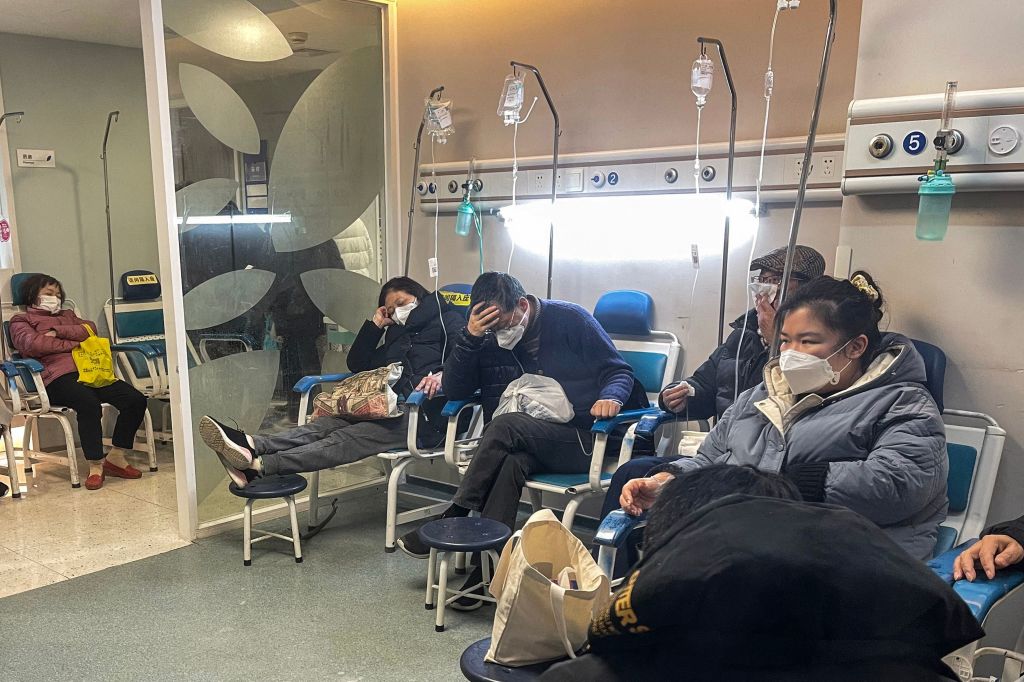

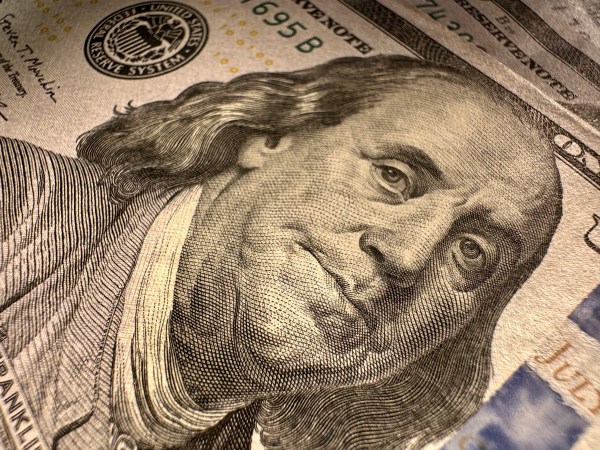
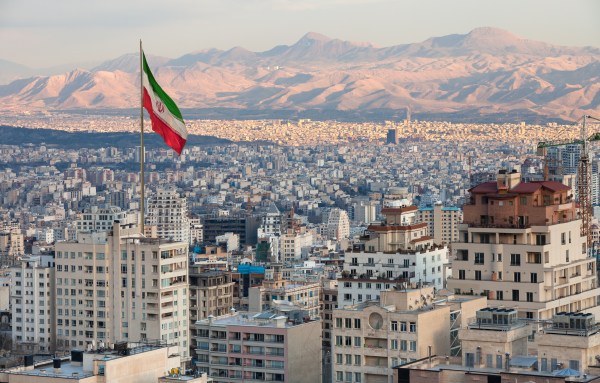
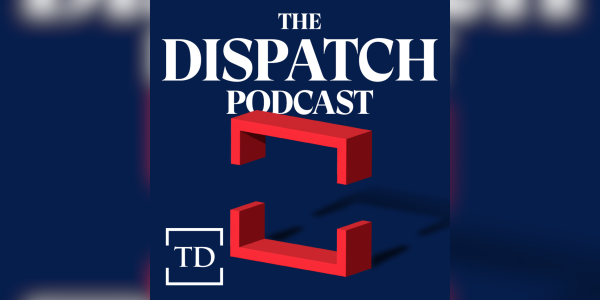
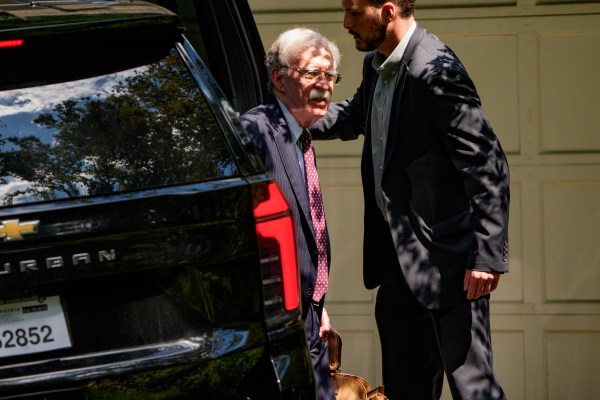

Please note that we at The Dispatch hold ourselves, our work, and our commenters to a higher standard than other places on the internet. We welcome comments that foster genuine debate or discussion—including comments critical of us or our work—but responses that include ad hominem attacks on fellow Dispatch members or are intended to stoke fear and anger may be moderated.
With your membership, you only have the ability to comment on The Morning Dispatch articles. Consider upgrading to join the conversation everywhere.